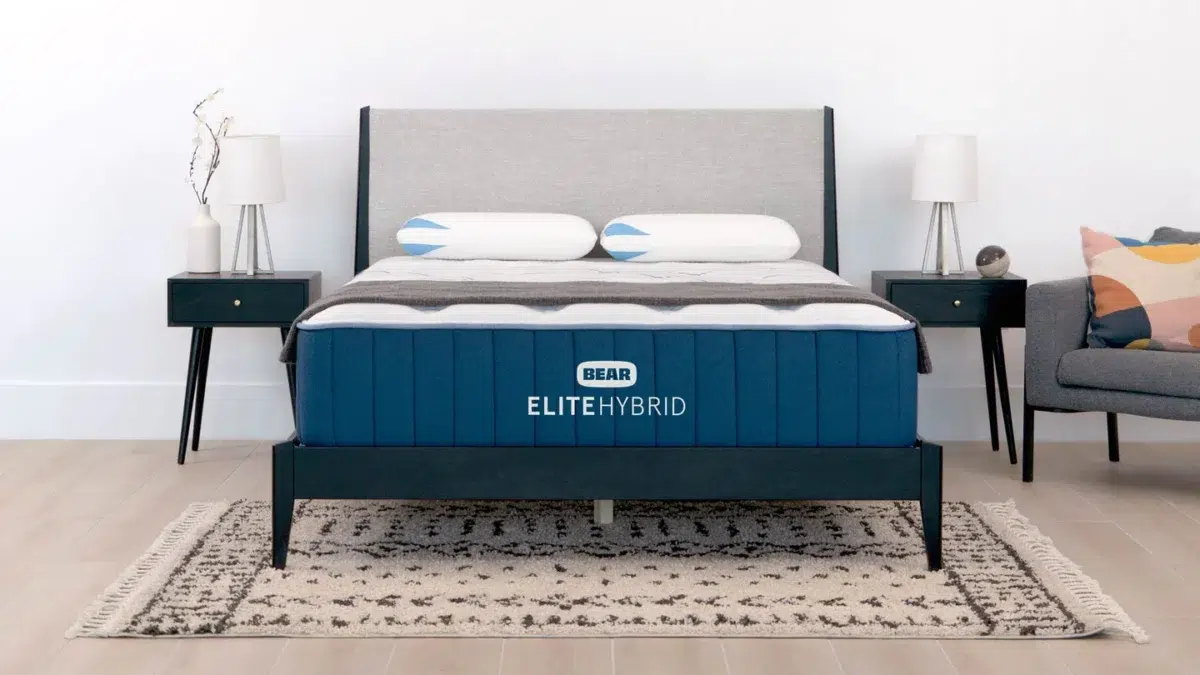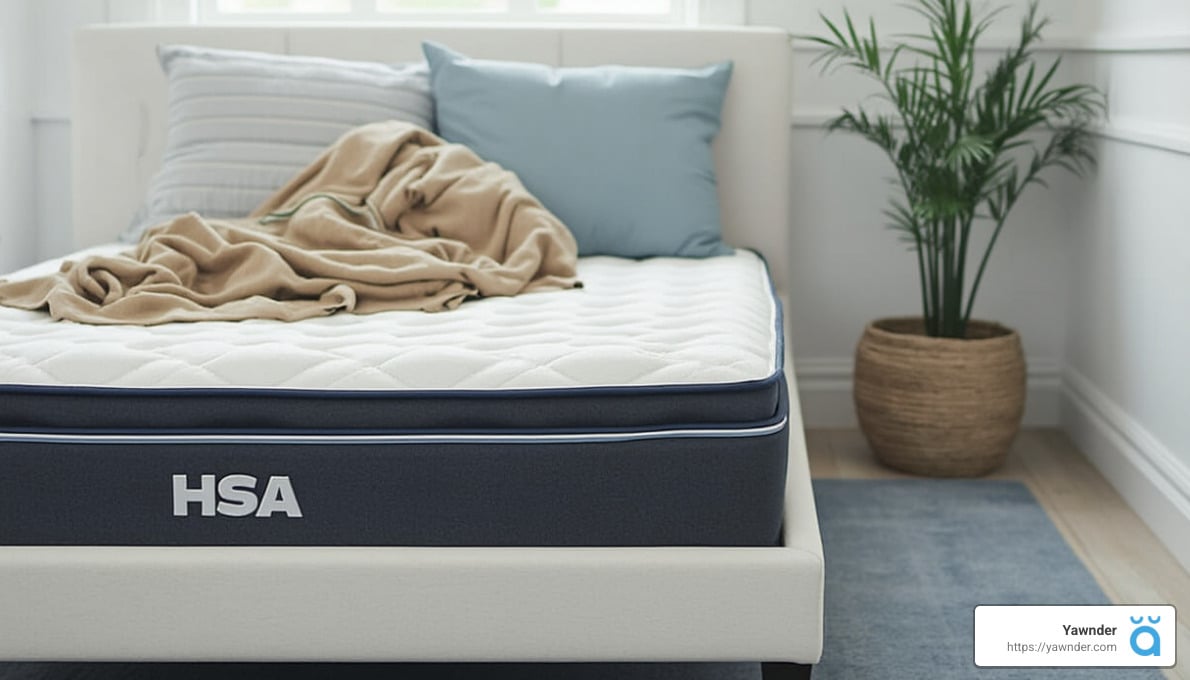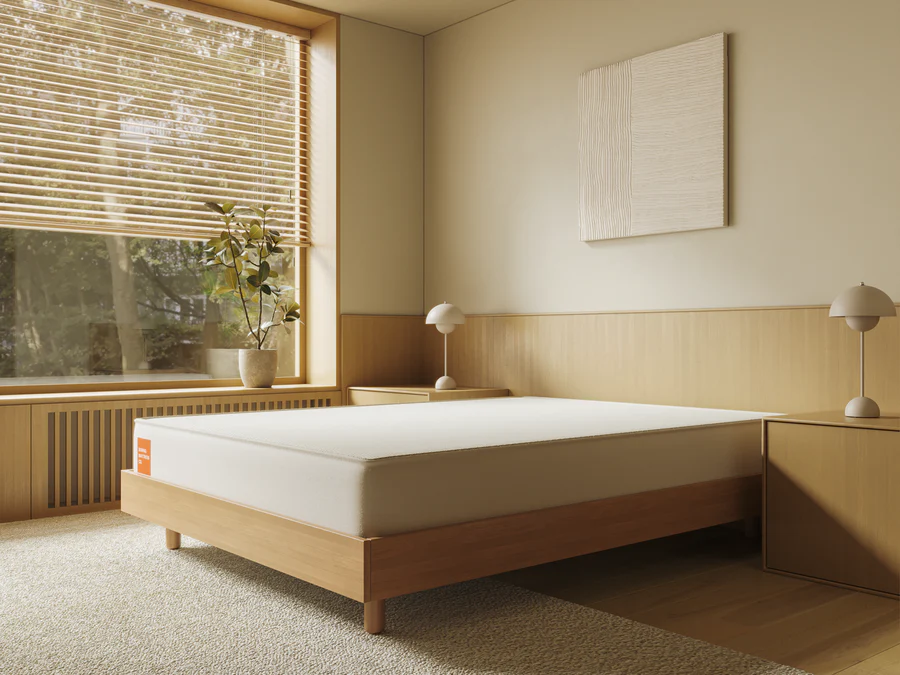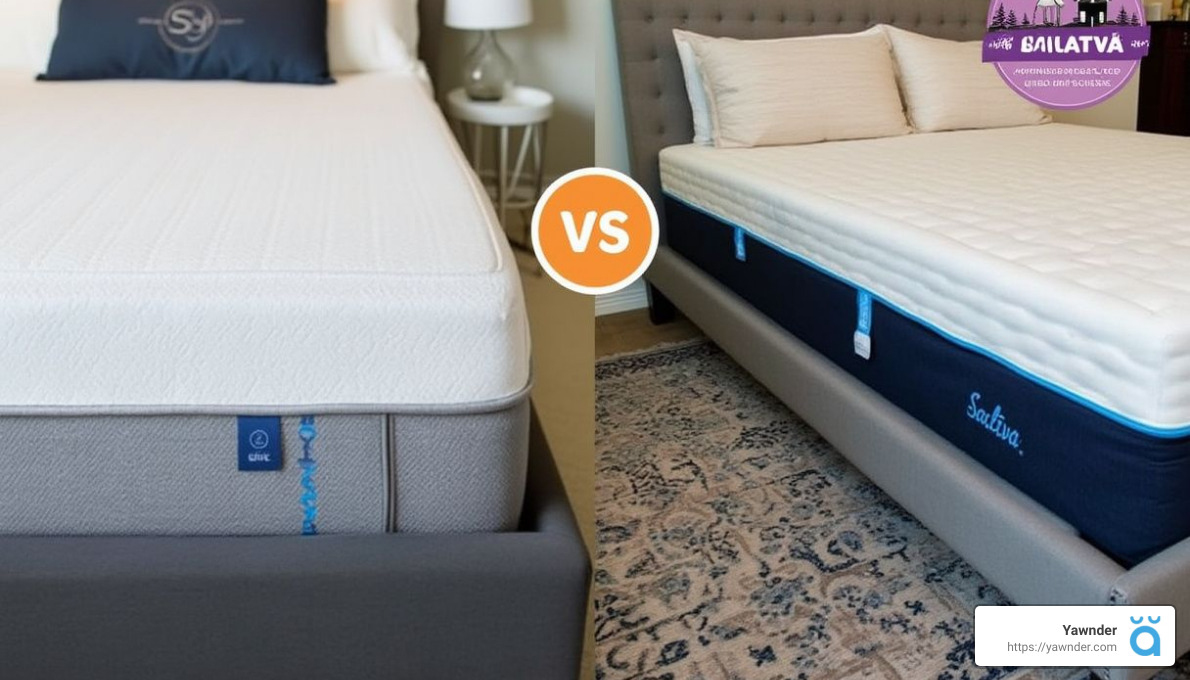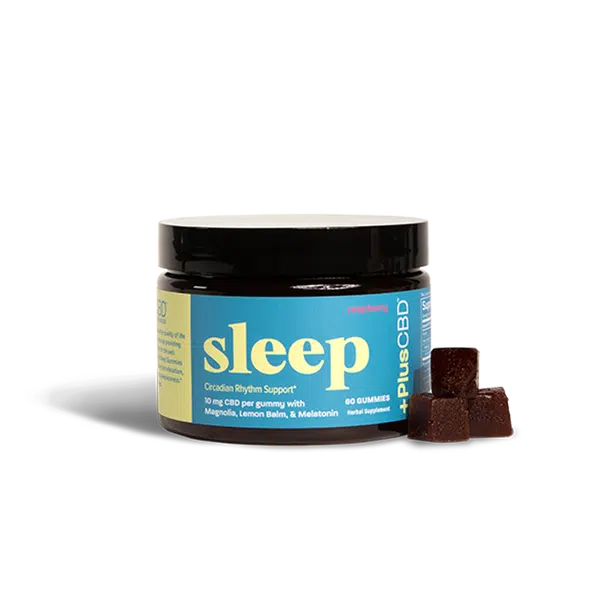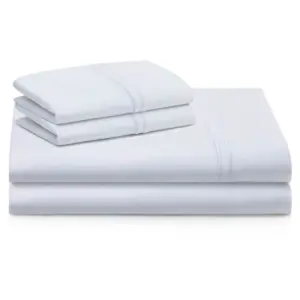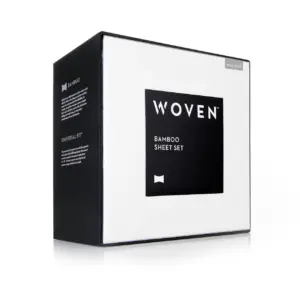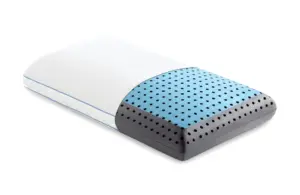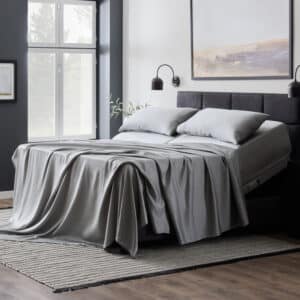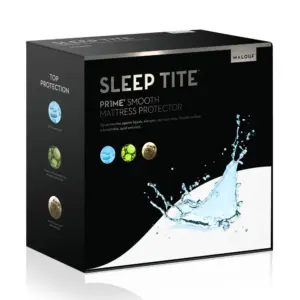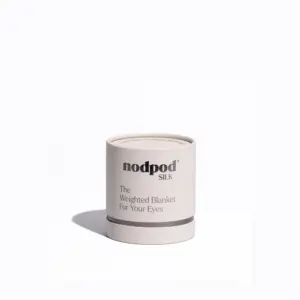- Mattresses were first used by the Persians in 3600 BCE.
- The average lifespan of a mattress is about 7-10 years.
- Mattresses can contain up to 10 million dust mites.
- Some mattresses are made with materials such as bamboo or aloe vera for their natural properties.
- The first innerspring mattress was invented in 1871.
- Mattresses can be made of a variety of materials, including latex, memory foam, and air.
- Mattresses were originally filled with leaves, straw, or horsehair.
- A mattress should be rotated every 3-6 months to ensure even wear.
- Mattresses can be customized to individual preferences, such as firmness or support.
- A mattress should be replaced if it sags or has visible lumps.
- The term “mattress” comes from the Arabic word “matrah,” which means “something thrown down.”
- Mattresses can be eco-friendly and made from sustainable materials.
- Some mattresses are designed specifically for athletes or people with back pain.
- Mattresses can be made with layers of different materials for added comfort and support.
- A good mattress can improve sleep quality and overall health.
- Mattresses can be infused with materials such as copper or graphite for their cooling properties.
- A mattress can weigh up to 150 pounds or more.
- Some mattresses are adjustable and can be raised or lowered for optimal comfort.
- Mattresses can be made with fire-resistant materials for safety purposes.
- The concept of a box spring was invented in the mid-1800s.
- Mattresses can be made with gel-infused foam for added support and temperature regulation.
- A mattress can contain up to 100,000 bacteria per square inch.
- Mattresses can be made with materials such as wool or silk for their natural properties.
- The first waterbed was invented in 1833.
- Mattresses can be treated with antimicrobial agents to reduce the growth of bacteria and fungi.
- A good mattress can improve posture and reduce back pain.
- Mattresses can be made with plant-based materials for a more sustainable option.
- The first air mattress was invented in 1889.
- Mattresses can be made with hypoallergenic materials for people with allergies.
- A mattress can absorb up to a pint of sweat each night.
- Mattresses can be made with organic materials for a more natural option.
- The first foam mattress was invented in 1966.
- Mattresses can be made with different levels of firmness to accommodate different sleeping positions.
- A good mattress can reduce snoring and improve breathing during sleep.
- Mattresses can be made with materials such as charcoal or green tea for their odor-reducing properties.
- The first pillow-top mattress was invented in 1940.
- Mattresses can be made with different levels of support to accommodate different body types.
- A mattress can contain up to 10 pounds of dead skin cells over its lifetime.
- Mattresses can be made with different levels of thickness for added comfort.
- The first electrically heated mattress pad was invented in 1936.
- Mattresses can be made with different levels of motion isolation to reduce disturbance during sleep.
- A good mattress can improve memory and cognitive function.
- Mattresses can be made with different levels of bounce to accommodate different sleeping styles.
- The first futon mattress was invented in Japan in the 17th century.
45. Mattresses can be made with different levels of edge support to prevent sagging.
- The first mattress factory was established in the US in 1865.
- Mattresses can be made with materials such as activated charcoal or titanium for their health benefits.
- A good mattress can improve mood and reduce stress.
- Mattresses can be made with different levels of responsiveness to accommodate different sleeping positions.
- The first coil spring mattress was invented in 1900.
- Mattresses can be made with different levels of pressure relief to reduce pain in sensitive areas.
- A mattress can release up to 10,000 dust mites into the air each night.
- Mattresses can be made with different levels of contouring to provide customized support.
- The first latex foam mattress was invented in 1929.
- Mattresses can be made with materials such as hemp or flax for their natural properties.
- A good mattress can boost immune function and reduce inflammation.
- Mattresses can be made with different levels of temperature regulation to prevent overheating during sleep.
- The first memory foam mattress was invented in 1966.
- Mattresses can be made with different levels of durability to withstand wear and tear.
- A mattress can contain up to 50 different types of fungi.
- Mattresses can be made with different levels of motion transfer to prevent disturbance from movement.
- The first foam rubber mattress was invented in 1929.
- Mattresses can be made with different levels of noise reduction to prevent creaking or squeaking.
- A good mattress can improve athletic performance and recovery.
- Mattresses can be made with different levels of eco-friendliness to reduce environmental impact.
- The first electric adjustable bed was invented in the 1950s.
- Mattresses can be made with different levels of conformability to support the spine.
- A mattress can lose up to 10% of its weight in dead skin cells and dust mites over a decade.
- Mattresses can be made with different levels of airflow to prevent moisture buildup.
- The first mass-produced innerspring mattress was introduced in 1901.
- Mattresses can be made with different levels of moisture-wicking to prevent sweat buildup.
- A good mattress can improve energy levels and overall well-being.
- Mattresses can be made with different levels of customization to suit individual needs.
- The first pillow was used in ancient Mesopotamia in 7000 BCE.
- Mattresses can be made with different levels of bounce to prevent sinking or sagging.
- Mattresses can be made with different levels of odor control to prevent unpleasant smells.
- A mattress can contain up to 20,000 different types of mites.
- Mattresses can be made with different levels of responsiveness to prevent sinking or discomfort.
- The first spring-free foam mattress was introduced in 1992.
- Mattresses can be made with different levels of thickness to accommodate different body types.
- Mattresses can be made with different levels of support to prevent pressure points.
- A good mattress can improve concentration and productivity.
- Mattresses can be made with different levels of sustainability to reduce waste.
- The first water-filled mattress was introduced in the 1960s.
- Mattresses can be made with different levels of breathability to prevent overheating.
- Mattresses can be made with different levels of bounce to provide a comfortable surface for sex.
- A mattress can contain up to 10% of its weight in dust mites.
- Mattresses can be made with different levels of thickness
89. The first air-filled mattress was introduced in the 1940s.
- Mattresses can be made with different levels of noise reduction to provide a quiet sleeping surface.
- Mattresses can be made with different levels of responsiveness to provide a supportive sleeping surface.
- A good mattress can improve cardiovascular health and reduce the risk of heart disease.
- Mattresses can be made with different levels of customization to provide personalized support.
- The first modern waterbed was introduced in the 1960s.
- Mattresses can be made with different levels of durability to withstand wear and tear over time.
- Mattresses can be made with different levels of temperature regulation to keep sleepers cool and comfortable.
- A mattress can contain up to 2 million dust mites per gram of dust.
- Mattresses can be made with different levels of motion isolation to prevent disturbances from a partner’s movements.
- The first adjustable air bed was introduced in the 1980s.
- Mattresses can have different levels of electromagnetic fields (EMFs) depending on the materials used, which can affect sleep quality and overall health.


